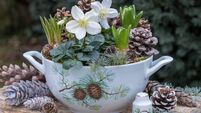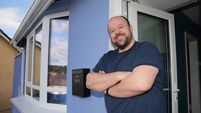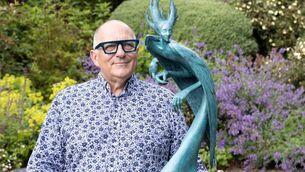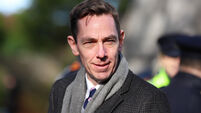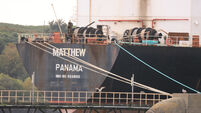Sailing to the now unpopulated island of Sherky
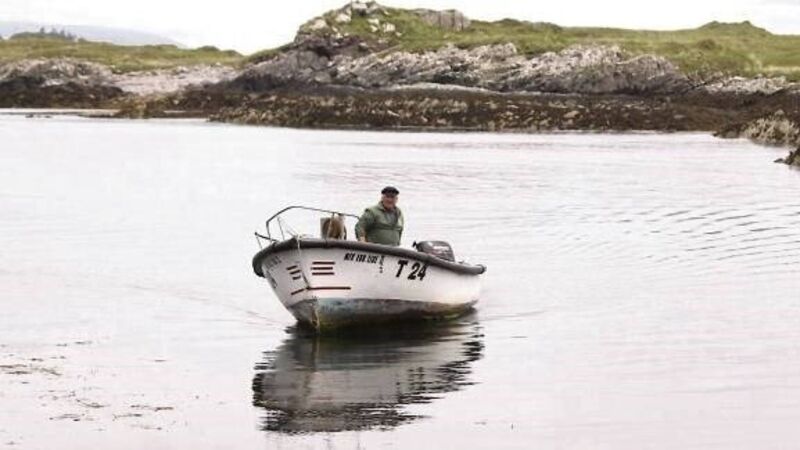
WHEN islands become depopulated the former residents often live within sight of their former home. The view out to sea, a familiar road, nearby friends and family all provide a lure too great to overpower. It is as if they cannot bear to be separated from their birthplace.








